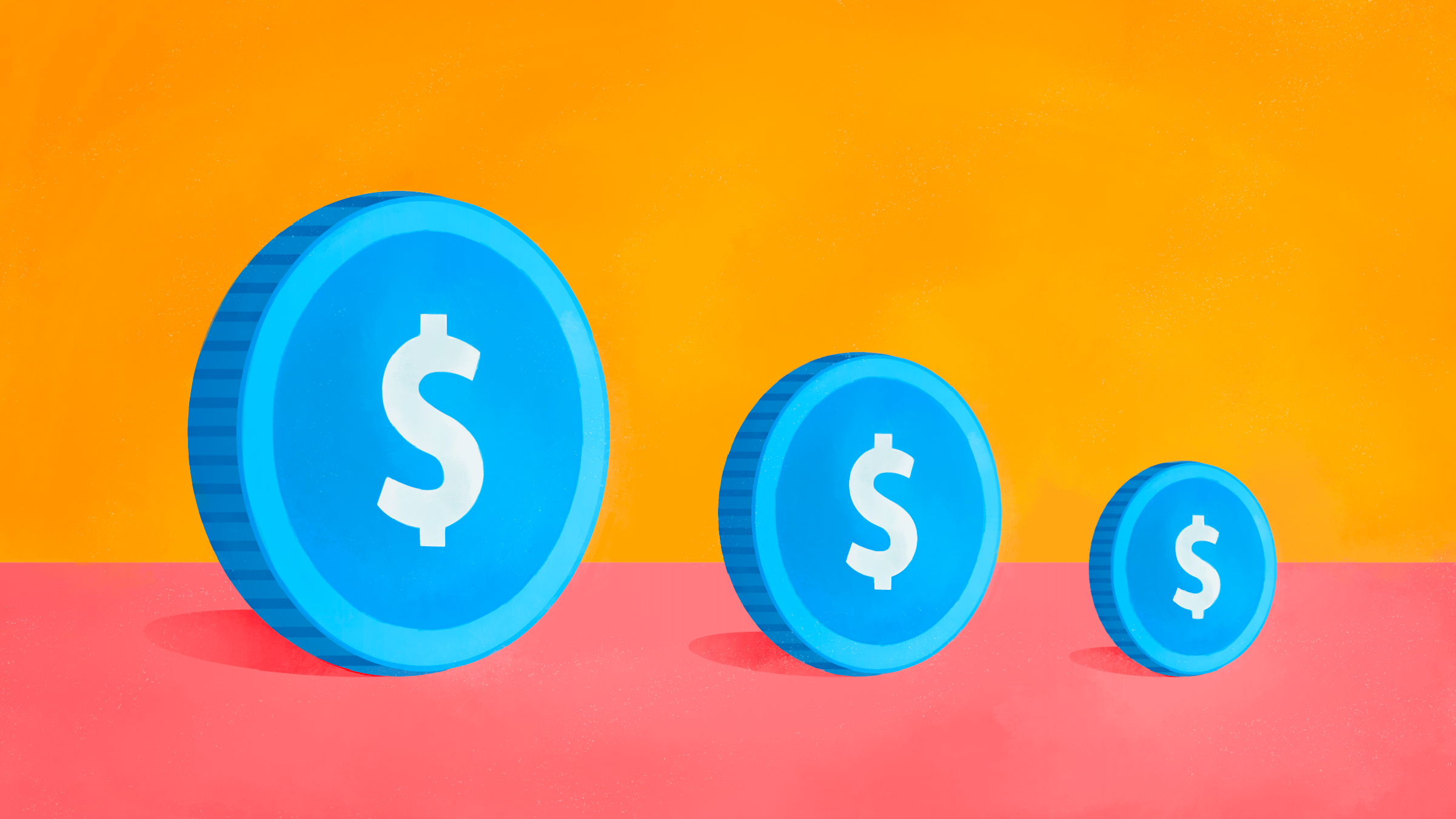Funds in the Morningstar Japan Large Cap Equity category witnessed a wide disparity in performance this year, with the top- and bottom-performing funds in the category delivering 39.1% and -18.2%, respectively. On average though funds in the category have struggled to keep above water. In the year to 31 Aug, the median top-quartile fund returned 6% while the median fund in the bottom-quartile was 7% deep in losses (in GBP terms). The figures are more favourable in JPY terms with 23.4% and 6.7% for the top- and bottom-quartile medians, respectively, as the yen lost further ground against the sterling during the course of the year. Hopes are mounting in Japan, however, as figures released recently show the economy is growing with 2Q 2009 GDP up 0.9% on levels of the preceding quarter.
Funds residing in the top-quartile this year have common differentiators relative to their weaker rivals. Firstly, their managers have adopted a less defensive positioning and this has played out well. On average these funds have had little or no healthcare and utilities and prominent weights in technology and industrial materials. They have also been positioned more heavily down the market-cap ladder, particularly in mid-cap stocks. Indeed, as at 31 Aug 2009 small- and mid-cap issues are ahead of large-caps: the MSCI Japan Small Cap Index gained 2.1% year-to-date while its larger-cap counterpart is down 1.9%. Offerings residing in the top-quartile were typically concentrated portfolios with a higher proportion of assets in the top-10 holdings. Funds overweighting value-oriented stocks to this extent benefitted significantly from this bias relative to more growth-oriented rivals. This is borne out in the index returns: the MSCI Japan Value Index is up 4.3% this year while its growth-oriented counterpart is much further behind, falling 8%.
A fund which has capitalised on several of the above trends is Invesco Perpetual Japan. This resides in the top-percentile of its Morningstar Japan Large-Cap Equity category, posting year-to-date returns of 29.1%. Just as important, though, is its long-term record is also strong. Paul Chesson has built an impressive record for the fund since taking over in 2000. He invests predominantly in Japan’s largest companies, dipping down the cap scale when opportunities arise. He also pays close attention to valuations and the portfolio typically places in the value corner of the Morningstar Style Box. He runs a high conviction portfolio and is not shy to significantly diverge from the index or peers if an investment case holds.
Fidelity Japan (rated Standard by Morningstar) has also fared well this year. It ended 2008 in the category’s bottom quartile but this year Robert Rowland’s bets have come good and the fund is up 9.8% to Aug 31 compared with the category average loss of 0.5%. The fund's underweights in pharma and other defensive areas hurt last year--Rowland thought they were too expensive. He chose to tolerate the losses and stick to his strategy and this has paid off in 2009 amidst expectations of an economic recovery led by cyclicals.
At the other end of the spectrum are BGF Japan Value and AXA Framlington Japan, rated Standard and Superior respectively. Blackrock managers Rob Weatherston and Alex McDougall boast an average of 16 years experience in Japanese equities and employ a sound investment process but execution has been middling. This year the duo has lost 3.6% to 31 Aug thanks to a number of disappointing picks within healthcare, financials and business services. Anja Balfour, manager of AXA Framlington Japan, has had a tougher year, though, having shed 6.5% to the end of August. Her defensive stance at beginning of the year, justified by a deteriorating macro environment and a sell-off in equities, worked against her when more cyclical fare rallied and her growth-orientation made matters worse. Balfour runs a high conviction portfolio and is bound to look out of step with peers when her style is out of market favour. We’re confident in the manager’s ability to counter these losses through more competitive returns over the long-run.
Despite the category featuring some capable managers, it is worth keeping in mind that over the last ten years the typical large-cap Japanese equity fund has shed 3% per year (in GBP terms) on an annualised basis while the average diversified Asia-Pacific with Japan gained 1.9%. This is why we prefer Asia Pacific funds where the manager can choose to allocate assets to and away from individual countries as appropriate, rather than be mandated to pick best-of-breed stocks from a narrower and more challenging investment universe.























